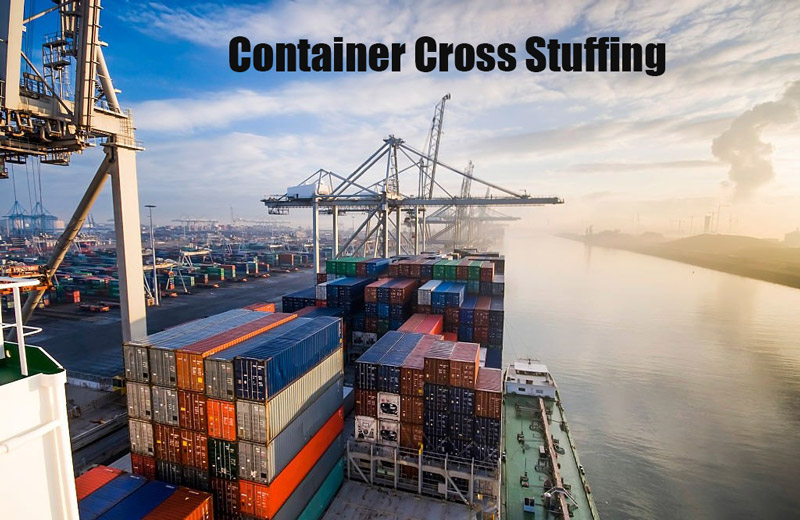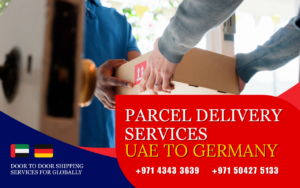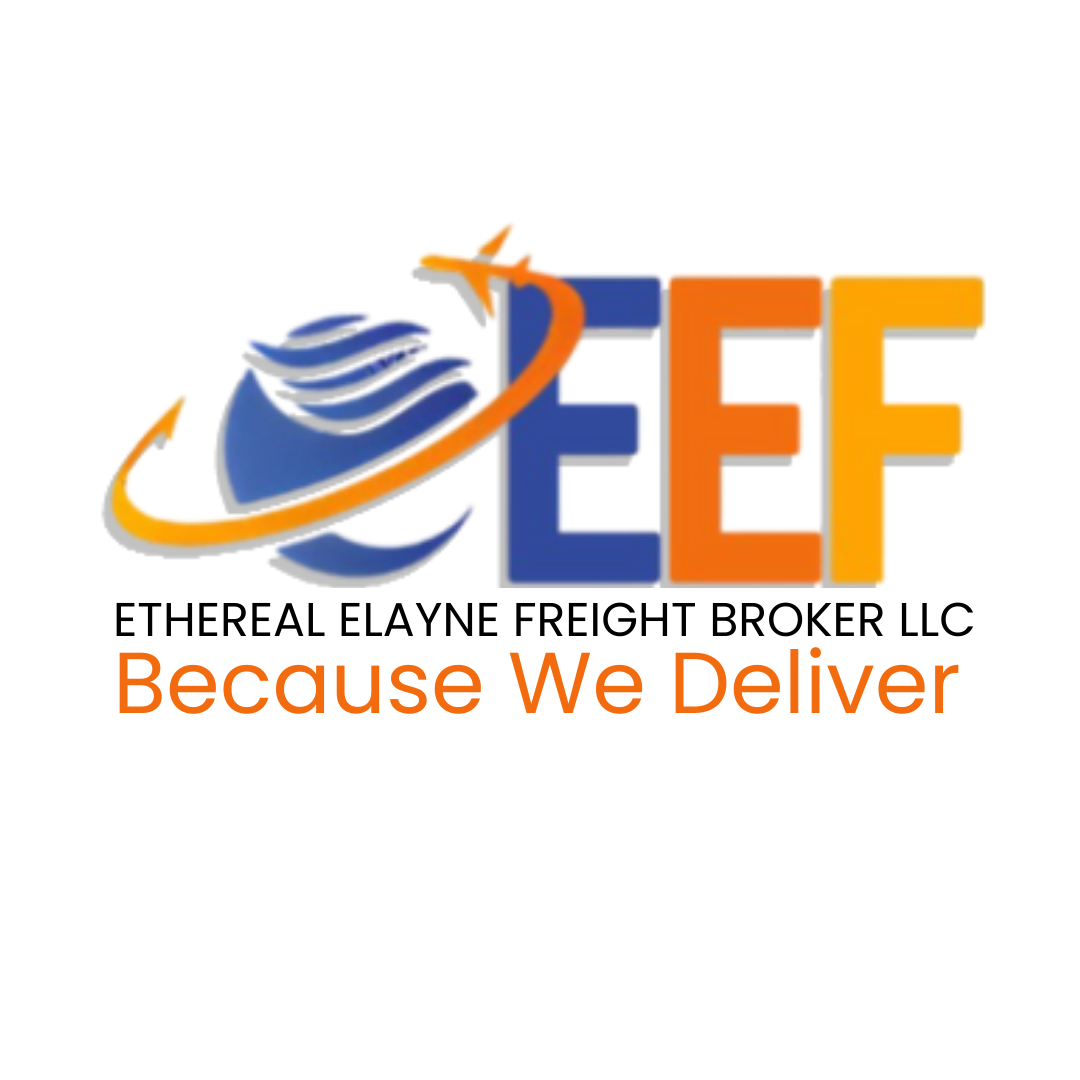Shipping companies and logistics providers are continuously looking for ways to utilize container capacity in order to lower shipping costs and boost profitability as global trade grows. A prominent technique for maximizing container space use in recent years is container cross-stuffing, also referred to as transloading. We shall go over container cross-definition, stuffing’s advantages, disadvantages, and method in this post.
What is Container Cross Stuffing?
Container cross-stuffing is a logistics practice used in intermodal shipping to pack cargo from various suppliers or shippers into a single container to maximize container space usage. In this process, the goods is loaded into the container at the port of origin, moved to another means of transportation, like a truck or train, and then discharged at the port of destination.
Why Container Cross Stuffing is Important?
Due to its capacity to maximize container space utilization and lower transportation costs, container cross-stuffing is becoming more and more significant in international trade. Because of this, shipping firms and logistics service providers all over the world have adopted this strategy to stay competitive.
Advantages of Container Cross Stuffing
- Cost-effective: One of the main benefits of container cross-stuffing is its cost-effectiveness. This method allows shippers to consolidate their cargo and share the shipping cost, resulting in reduced transportation expenses
- Maximize Container Space Utilization: Container cross-stuffing enables the optimal use of container space by combining smaller shipments into a single container. As a result, the cost per unit of shipment is reduced, and more goods can be transported at once, making it an efficient solution for shippers.
- Minimize Shipping Time: Another advantage of container cross-stuffing is that it can significantly reduce shipping time. By consolidating cargo from different shippers, the container can be filled more quickly, and the waiting time for additional cargo is minimized, allowing for faster transportation.
- Reduce Shipping Risks: Container cross-stuffing can also help to reduce shipping risks, such as cargo damage or loss. By consolidating shipments into a single container, shippers can minimize the number of containers needed for transportation, which reduces the risk of damage or loss during shipping.
Challenges of Container Cross Stuffing
While container cross-stuffing offers numerous benefits, it also comes with several challenges that need to be addressed to ensure successful implementation.
Complex Documentation Requirements
Depending on the nations participating in the transportation procedure, the documentation requirements for container cross-stuffing can be complicated. To prevent delays or fines, the shippers must make sure that all required paperwork, including bills of lading, packing lists, and customs clearance documents, are correctly created and delivered.
Coordination and Communication
Coordinating and communicating with several stakeholders, such as shippers, freight forwarders, carriers, and customs brokers, is necessary for container cross-stuffing. Delays, additional expenses, or even cargo loss may occur as a result of poor coordination or communication between various parties.
Regulatory Compliance
Cross-stuffing of containers necessitates adherence to a number of laws, including those governing dangerous materials and safety. To prevent fines or delays, shippers must make certain that all cargo is correctly packaged, labeled, and labeled in accordance with regional laws.
How is Container Cross Stuffing Carried Out?
Container cross-stuffing involves several stages, including pre-planning, loading, and post-loading stages.
Pre-planning Stage
The shipper must coordinate with other shippers or freight forwarders during the pre-planning phase to decide what cargo will be loaded into the container. To prevent damage during shipping, the cargo needs to be suitable and adequately wrapped. The shipper must also make sure that the required paperwork is created and delivered to the appropriate authorities.
Loading Stage
The goods is loaded into the container during the loading stage in accordance with a preset plan. To prevent damage during transit, the goods should be securely fastened and stored. Additionally, the shipper must make sure that the container is correctly labeled and sealed in accordance with local laws.
Post-loading Stage
The container is delivered to the final port during the post-loading phase. The shipper is responsible for making sure that the required paperwork is prepared correctly and sent to the appropriate authorities. The cargo is unloaded from the container and cleared by customs officials once it reaches the port of destination.
Conclusion
Container cross-stuffing is an efficient solution for optimizing container space utilization and reducing shipping costs. While it comes with several challenges, such as complex documentation requirements, coordination and communication, and regulatory compliance, it offers numerous benefits, such as cost-effectiveness, maximized container space utilization, minimized shipping time, and reduced shipping risks. To ensure successful implementation, shippers need to carefully plan and coordinate with other parties involved in the transportation process.
FAQs
What is container cross-stuffing?
Container cross-stuffing is a logistics technique used to maximize container space utilization by combining cargo from different shippers into a single container.
What are the benefits of container cross-stuffing?
Container cross-stuffing offers several benefits, including cost-effectiveness, maximized container space utilization, minimized shipping time, and reduced shipping risks.
What are the challenges of container cross-stuffing?
The challenges of container cross-stuffing include complex documentation requirements, coordination and communication among different parties, and compliance with various regulations.
How is container cross-stuffing carried out?
Container cross-stuffing involves several stages, including pre-planning, loading, and post-loading stages.
How can shippers ensure successful implementation of container cross-stuffing?
Shippers can ensure successful implementation of container cross-stuffing by carefully planning, coordinating with other parties involved in the transportation process, and complying with local regulations and customs requirements.







